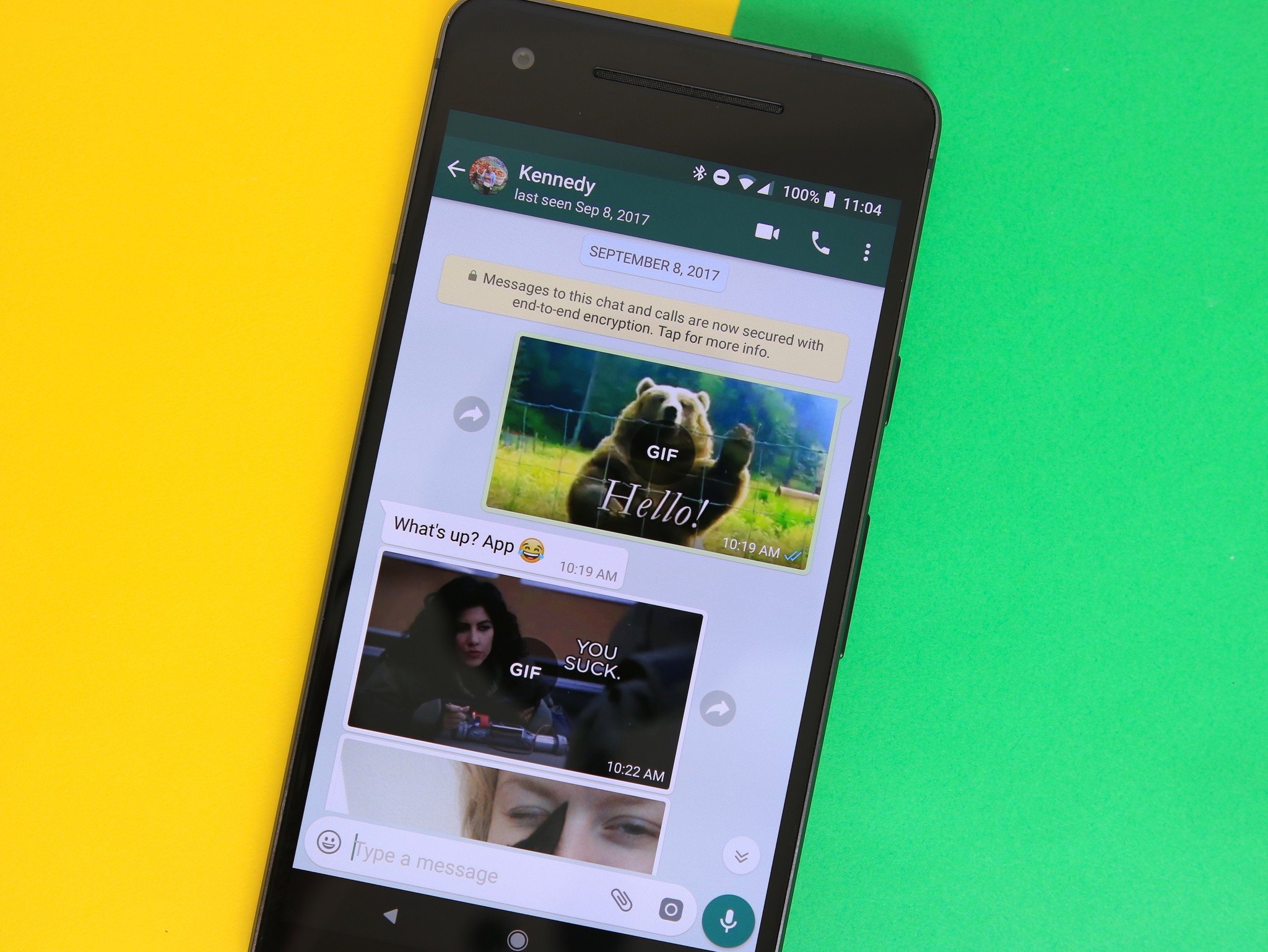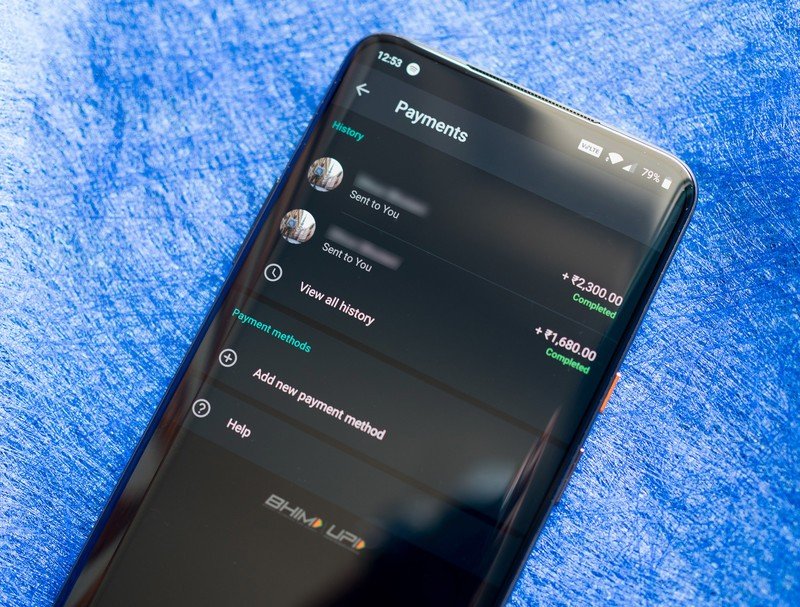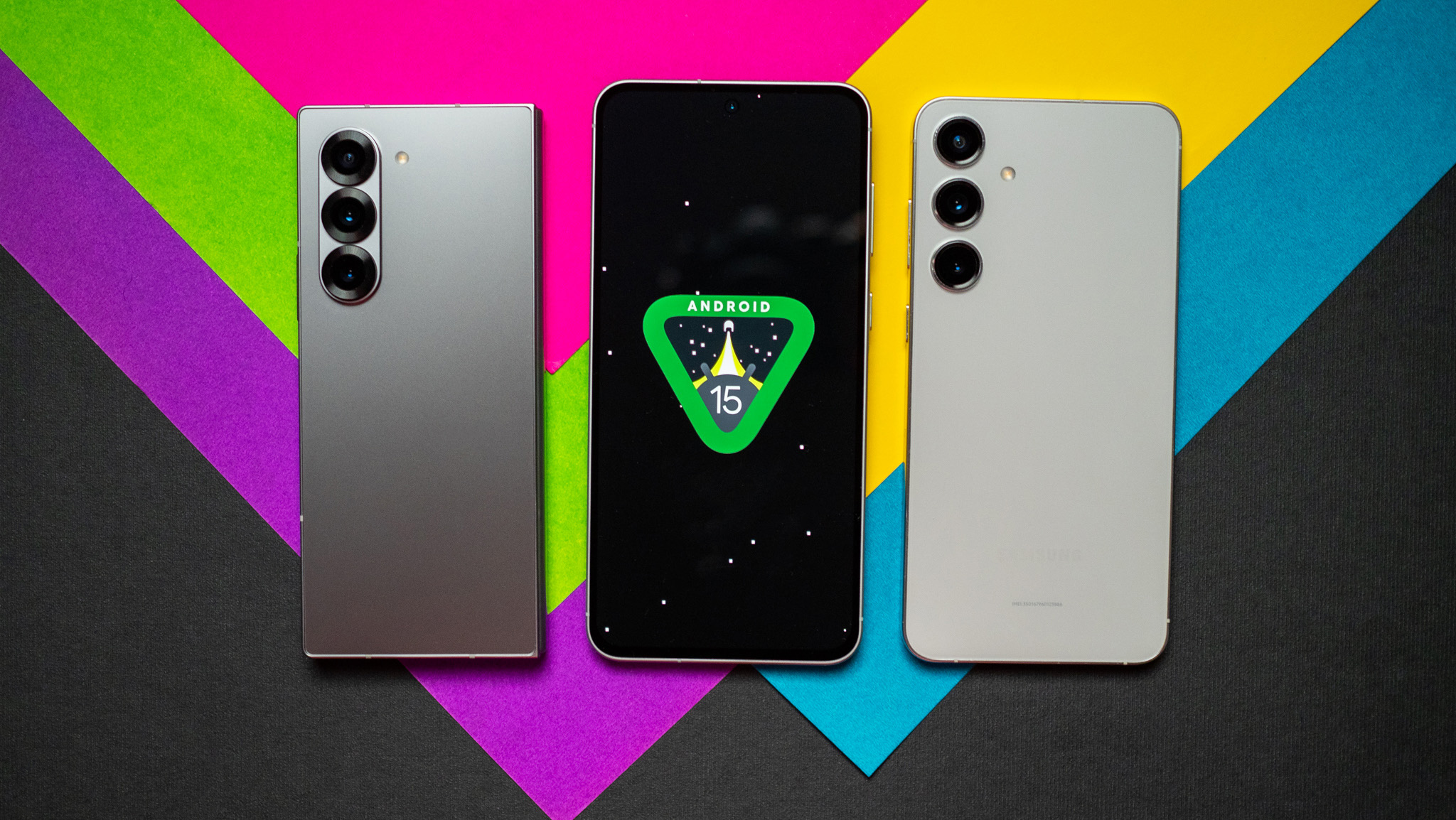Why making WhatsApp multi-device is such a hard problem to solve

Multi-device support is coming to WhatsApp in the near future, and that's not just a rumor. It was confirmed by Facebook CEO Mark Zuckerberg and WhatsApp CEO Will Cathcart in early June. It's also one of the most-anticipated features WhatsApp users have been waiting for, and the company is beginning to test the feature, according to WABetaInfo.
People have wished that WhatsApp could work on more than one device since the app grew in popularity more than half a decade ago. Not because everyone has more than one phone they use every day, though more people than you may think have both a personal phone and a work phone, but because people want to use WhatsApp on tablets or Chromebooks. As more people are connected more often through alternative devices, the smartphone can see less time in hand.
To make matters worse, people can look to other services like Telegram or iMessage and see that chatting can be done using the same account on more than one device at a time. But the big difference is how each service was designed, and that's why multi-device support for WhatsApp isn't just something that can happen instantly.
WhatsApp was designed to replace costly SMS messaging for most of the world.
WhatsApp, like plenty of other cross-platform messaging services, was designed to replace text messaging using your phone's data connection. It's grown into much more, but originally that was its plan because that was a problem that needed solving.
Most people reading this will have a plan through their cell provider that allows for unlimited SMS messages each and every month. That wasn't always the case, and in some parts of the world, it still isn't. Combine that with how each provider still handles international texting and that people can have friends and family all over the world you can see that SMS isn't viable for a lot of people.

A plain text message, without any sort of picture or video attached and just between two people, uses a very tiny amount of data. Even if you have a cell plan with a data cap or one that rolls over to slow your connection once a certain amount of high-speed data has been used, sending messages over the internet is the obvious option compared to the much more limited nature of SMS. This is why we see so many services do the same thing as WhatsApp and try to replace texting.
WhatsApp is no longer just a simple messenger client and a new feature can't break all the existing ones.
WhatsApp always did and still does a fine job as a simple messaging client, but it can also do a lot more. Not counting new features that are coming soon like disappearing mode for group chats, WhatsApp as it exists today is a full-fledged platform in its own right. You have payments, video calling, instant video and image sharing, voice messaging, and even a robust way to share documents inside the WhatsApp application. And all of this is done securely because messages and calls are end-to-end encrypted. WhatsApp says that even the company itself can't ever decrypt what you say or do through the service.
Be an expert in 5 minutes
Get the latest news from Android Central, your trusted companion in the world of Android
In other words, WhatsApp is a really complicated bit of software by design. WhatsApp also built in a way to authenticate you each and every time you use the app, through the phone number tied to your device. That's secure when combined with a password-protected lock screen and a good way to make sure a server is communicating with the right user because each and every phone number across the globe is unique.
And it all blows up when you decide to let users have an active connection on more than one device or through a device without a phone number attached to it. You see part of how it all works when you install a WhatsApp web app on a computer. Like Google Messages, another service tied to your phone number, you have to scan a QR code with the active device to authorize a secondary device through the active device's unique ID — your phone number.
Don't scoff at this, because adding proper multi-device support while maintaining security isn't at all simple. WhatsApp had to sort out how to route messages to the registered device and share them with a secondary registered device without breaking its own built-in encryption. This differentiates it from services like Telegram, which also uses a phone number for authentication but isn't end-to-end encrypted.
And now that it has that part mostly figured out, work on multi-device support testing can begin. This is a big undertaking because you're dealing with devices that don't always have an active internet connection but still need to stay in sync to be useful.
You're probably always going to need at least one device with its own unique identifier, like a phone number, and an always-active internet connection to set up and keep a WhatsApp account. But the WhatsApp team says it is determined to find a way for secondary devices without an ID or stable connection to stay in sync, even with features like disappearing messages in place, across more devices, because that's what people really want.

Jerry is an amateur woodworker and struggling shade tree mechanic. There's nothing he can't take apart, but many things he can't reassemble. You'll find him writing and speaking his loud opinion on Android Central and occasionally on Threads.
